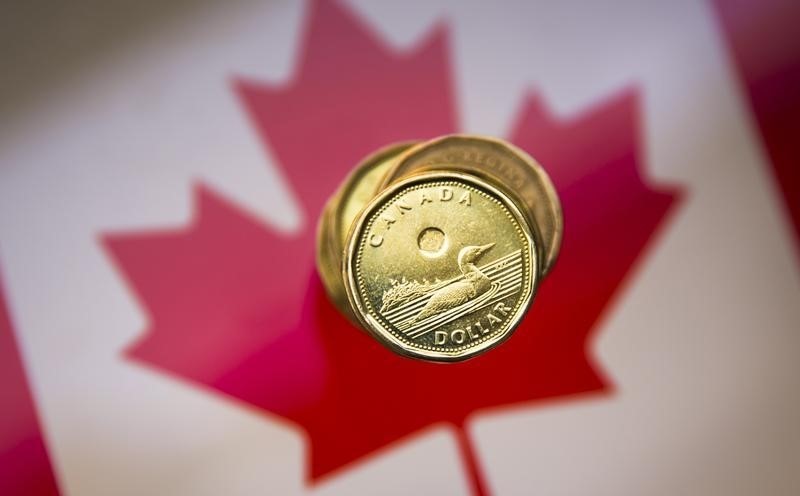(Adds strategist comment, details; updates prices)
* Canadian dollar ends at C$1.3989, or 71.48 U.S. cents
* Bond prices higher across maturity curve
By Alastair Sharp
TORONTO, Jan 5 (Reuters) - The Canadian dollar hit its
weakest point against its U.S. counterpart since mid-2003 on
Tuesday, as oil prices fell and investors fretted about the pace
of growth in China and awaited word from the Bank of Canada on
monetary policy divergence.
The loonie, as Canada's currency is colloquially known, lost
16 percent of its value in 2015 as the Bank of Canada twice cut
rates to offset the negative impact of low prices for oil, a
major Canadian export.
The U.S Federal Reserve, in contrast, raised rates last
month for the first time in almost a decade and has signaled
more hikes to come.
The Canadian central bank's governor, Stephen Poloz, is to
speak on the topic of "Life After Lift-off" on Thursday, with
market players bracing for an updated outlook ahead of the
Canadian central bank's interest rate announcement and monetary
policy report on Jan. 20.
"He sounded reasonably confident in mid-December and the
bank has been loathe to change its tune drastically between
forecast rounds, so it's not a guarantee, but the data has been
almost uniformly weak," said Mark Chandler, head of Canadian
fixed income and currency strategy at Royal Bank of Canada.
He said a further risk for the loonie is that the Fed raises
rates more rapidly than currently priced in by the market.
Investor relief at intervention by China to steady its
markets quickly evaporated, while oil traders brushed off rising
tensions between Saudi Arabia and Iran to push oil toward an
11-year low. O/R
The Canadian dollar CAD=D4 settled at C$1.3989 to the
greenback, or 71.48 U.S. cents, weaker than Monday's close of
C$1.3941, or 71.73 U.S. cents.
At one point it touched C$1.4020, its weakest level since
August 2003.
Canadian producer prices unexpectedly fell 0.2 percent in
November from October, data from Statistics Canada showed. It
was the fourth consecutive monthly decline.
Canadian government bond prices were higher across the
maturity curve, with the two-year CA2YT=RR up 4 Canadian cents
to yield 0.452 percent and the benchmark 10-year CA10YT=RR
rising 22.5 Canadian cents to yield 1.374 percent.
Canada is scheduled to release trade data for November on
Wednesday, its December employment report on Friday and a
business outlook survey next Monday.
